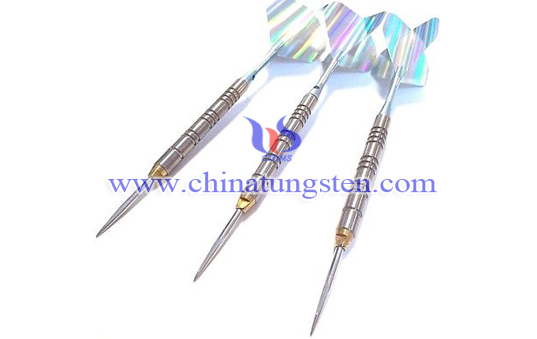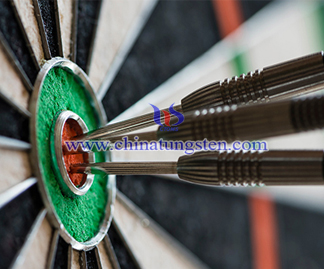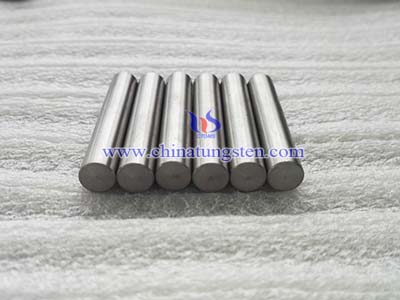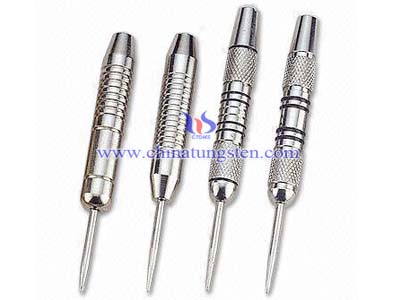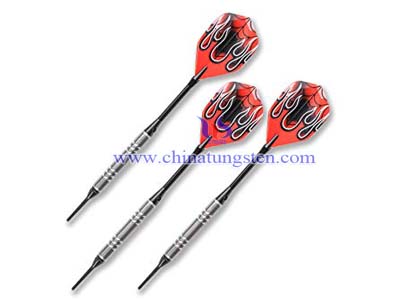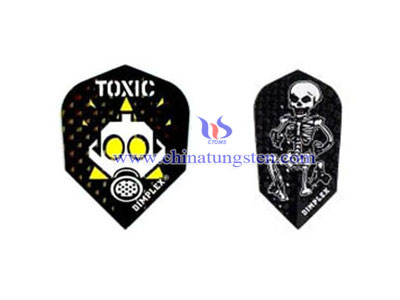Generally speaking, tungsten alloy darts are made of tungsten heavy alloy, 80~95%W with binders (Ni, Cu, Fe) of various composition.
Because of technical difficulties with manufacturing, a 100% tungsten dart is not available. All "tungsten" darts you can buy are in fact made of tungsten alloys, with tungsten alloy darts being the most common one. When you buy a dart, the amount of tungsten in the alloy is given by a percentage number. So a common "80% Tungsten" dart has 80 percent tungsten and 20 percent Nickel, Copper and/or Ferro. Tungsten darts are available from 80% to over 90%. The more tungsten the slimmer - and the more expensive - the dart is. If the high-percentage tungsten alloy darts are worth the higher price is an open question. Personally I think that 80% tungsten are good enough for almost everyone.
Very high percentages of tungsten, such as 98% tungsten darts, have a wonderful dense feel and a surface that resists wear for a long time. However, the high concentration of tungsten powder also makes them brittle, and more prone to break if dropped on hard surface such as a concrete garage floor.
To get around those problems, most tungsten alloy darts are now made of mixtures ranging from 70% to 95% tungsten. Lower density barrels are much cheaper, as they are easier to manufacture with automated machinery Low density darts also wear faster, from skin acid, friction, hitting other darts, falling on floors, etc.
The majority of steel-point darts used by competitive players in league and tournament play are now made of 90% Tungsten. Soft-tip darts are commonly made of 80% tungsten, which is cheaper, less dense, and less brittle. Soft-tip darts are prone to bounce out a lot, and electronic machines are often found in places with hard floors. The softer 80% tungsten alloy darts are less likely to break when constantly falling such hard floors. As steel-point tungsten darts are more often played over carpeted areas, breakage is a little less of a problem.
